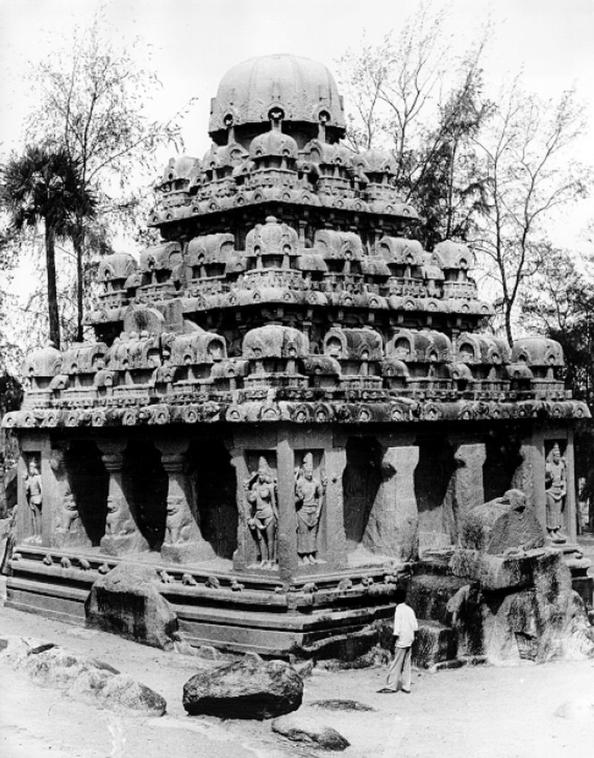- About Us
- Schemes
- Culture Scheme Dashboard
- Scheme of Financial Assistance for Promotion of Art and Culture
- Financial Assistance to Cultural Organizations with National Presence
- Cultural Function and Production Grant(CFPG)
- Financial Assistance for Preservation and Development of Cultural Heriatge of the Himalayas
- Financial Assistance for Development of Buddhist/Tibetan Arts and Culture
- Financial Assistance for Cultural Activities in Performing Arts for Building Grants Including Studio Theatres
- Financial Assistance for Allied Cultural Activities
- Financial Assistance for Promotion of Guru-Shishya Parampara (Repertory grant)
- National Mission on Libraries
- Financial Assistance for Construction of Tagore Cultural Complexes(TCC)
- Scheme of Financial Assistance under Seva Bhoj Yojna
- Scheme of Scholarship and Fellowship for Promotion of Art and Culture
- Museum Grant Scheme
- Scheme for Financial Assistance for Veteran Artists
- Scheme for Promotion of Culture of Science (SPOCS)
- Scheme for Safeguarding the Intangible Cultural Heritage
- Global Engagement Scheme
- Indian Conservation Fellowship Program (ICFP)
- Centenary and Anniversary Celebrations Scheme
- Mission
- ICR
- Commemorations
- CSL
- G20 CWG
- Contact Us
Group of Monuments at Mahabalipuram

Group of Monuments at Mahabalipuram
Tamil Nadu
Mahabalipuram is pre-eminently testimony to the Pallavas civilization of south-east India.The sanctuary, known especially for its rathas (temples in the form of chariots), mandapas (cave sanctuaries), and giant open-air reliefs, is one of the major centres of the cult of Siva. The influence of the sculptures of Mahabalipuram, characterized by the softness and supple mass of their modelling, spread widely (Cambodia, Annam, Java).
Founded in the 7th century by the Pallavas sovereigns south of Madras, the harbour of Mahabalipuram traded with the distant kingdoms of South-East Asia: Kambuja (Cambodia) and Shrivijaya (Malaysia, Sumatra, Java) and with the empire of Champa (Annam). But the fame of its role as a harbour has been transferred to its rock sanctuaries and Brahmin temples which were constructed or decorated at Mahabalipuram between 630 and 728.
Most of the monuments, like the rock-cut rathas, sculptured scenes on open rocks like Arjuna's penance, the caves of Govardhanadhari and Ahishasuramardini, and the Jala-Sayana Perumal temple (the sleeping Mahavishnu or Chakrin at the rear part of the Shore temple complex) are attributed to the period of Narasimhavarman I Mamalla.








